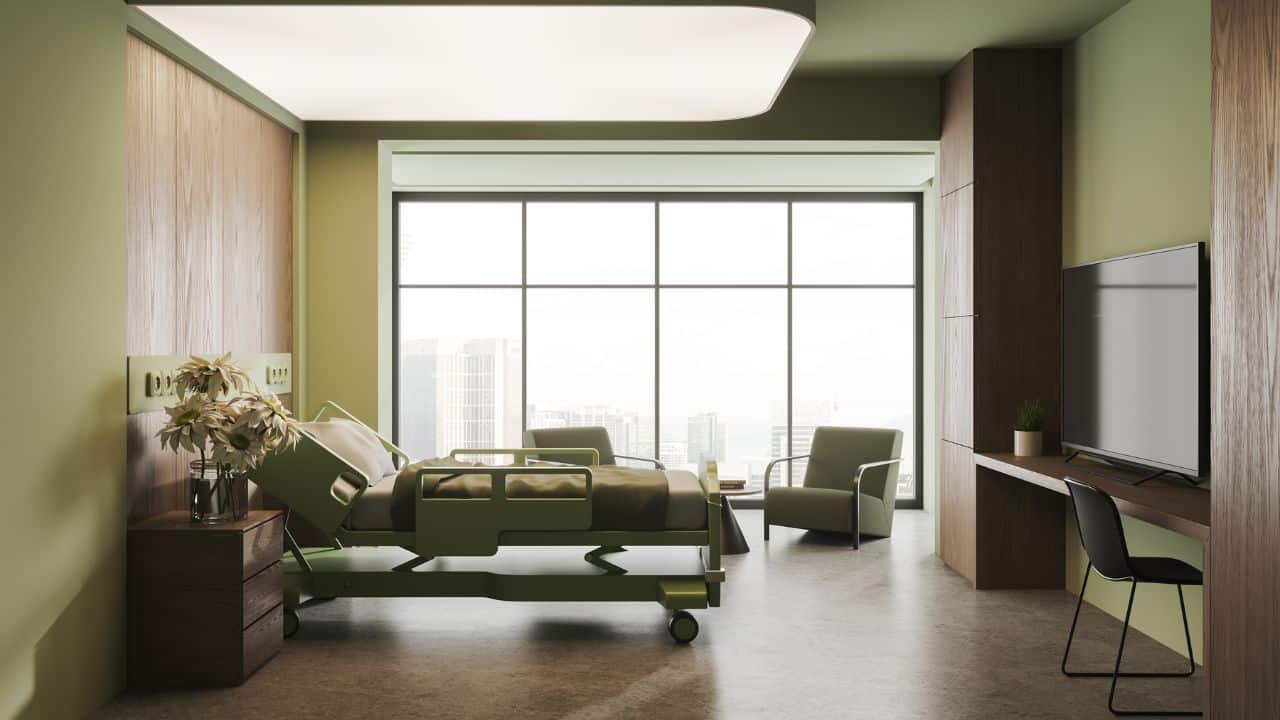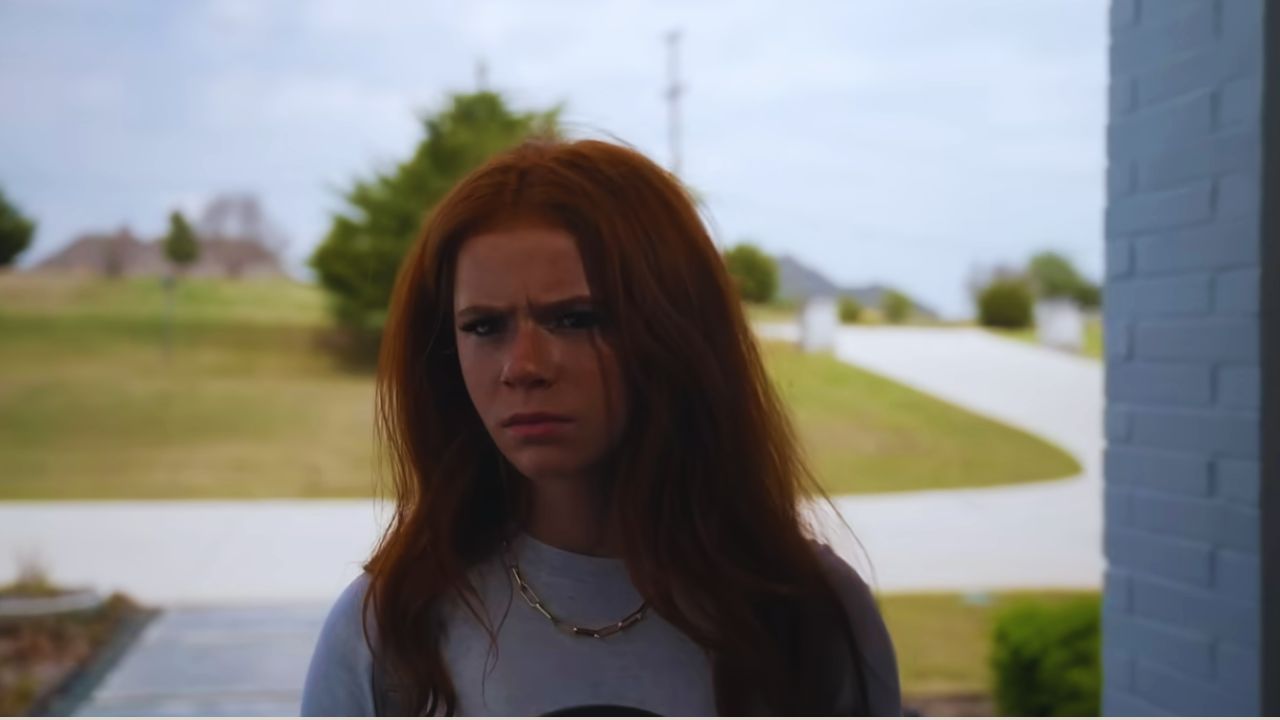The interior design industry is poised for significant growth in the coming years, with experts projecting a robust increase in demand for professional design services.
As we look towards the future, it’s clear that interior design will not only remain relevant but will likely experience a surge in popularity and necessity.
The Growing Market for Interior Design
The global interior design market is experiencing remarkable growth, with projections indicating a substantial increase in market size over the next decade. According to recent reports, the market is expected to expand from USD 134.22 billion in 2023 to USD 222,266.43 million by 2032, growing at a compound annual growth rate (CAGR) of 5.45% from 2024 to 2032. This significant growth trajectory underscores the increasing demand for interior design services across various sectors.
Factors Driving Demand
Several key factors are contributing to the rising demand for interior design:
- Urbanization and Real Estate Development: As cities continue to grow and expand, there’s an increased need for well-designed residential and commercial spaces.
- Changing Consumer Preferences: People are becoming more conscious of their living and working environments, seeking spaces that reflect their personal style and enhance their quality of life.
- Technological Advancements: The integration of smart home technologies and sustainable design practices is creating new opportunities for innovative interior design solutions.
- Economic Growth: Rising disposable incomes in many regions are allowing more people to invest in professional design services.
- Emphasis on Wellness and Sustainability: There’s a growing trend towards creating spaces that promote well-being and environmental responsibility.
The Evolution of Interior Design
Embracing Technology
The future of interior design is intrinsically linked to technological advancements. Virtual reality (VR) and augmented reality (AR) are revolutionizing the way designers work and present their ideas to clients. These technologies allow for immersive experiences, enabling clients to visualize their spaces before any physical changes are made.
Sustainability at the Forefront
Sustainability is no longer just a trend; it’s becoming a fundamental aspect of interior design. Designers are increasingly incorporating eco-friendly materials, energy-efficient solutions, and sustainable practices into their work. This shift towards green design is not only environmentally responsible but also meets the growing consumer demand for sustainable living spaces.
Personalization and Customization
The future of interior design will see a greater emphasis on personalized and customizable spaces. Designers are working closely with clients to create unique environments that reflect individual tastes and lifestyles. This trend towards personalization is driven by advancements in manufacturing and digital design tools, making it easier to create custom solutions.
Market Dynamics by Region
The demand for interior design services varies across different regions, with each area experiencing unique growth patterns:
| Region | Market Share (2023) | CAGR (2024-2031) |
| North America | 33.79% | 7.1% |
| Europe | 30% | 7.4% |
| Asia Pacific | 23% | 10.9% |
| Latin America | 5% | 8.3% |
| Middle East and Africa | 2% | 8.6% |
This data illustrates the global nature of the interior design market’s growth, with Asia Pacific showing the highest projected CAGR of 10.9%.
Emerging Trends Shaping the Future
Smart Homes and Integrated Technology
The rise of smart homes is a significant driver for the future of interior design. Designers are increasingly tasked with seamlessly integrating technology into living spaces, from intelligent lighting systems to voice-activated assistants. This trend not only enhances the functionality of spaces but also contributes to energy efficiency and overall comfort.
Biophilic Design
There’s a growing emphasis on incorporating nature into interior spaces. Biophilic design, which seeks to connect building occupants more closely to nature, is gaining popularity. This approach not only enhances aesthetics but also promotes well-being and productivity.
Multifunctional Spaces
As urban living spaces become more compact, there’s an increasing demand for multifunctional design solutions. Designers are creating innovative ways to maximize space efficiency, particularly in residential settings.
Revival of Craftsmanship
In contrast to mass-produced items, there’s a resurgence of interest in handcrafted and artisanal elements in interior design. This trend celebrates unique, high-quality pieces that add character and authenticity to spaces.
Challenges and Opportunities
While the future of interior design looks promising, the industry also faces challenges:
- Economic Fluctuations: The market is sensitive to economic conditions, which can impact consumer spending on design services.
- Adapting to Rapid Technological Changes: Designers must continually update their skills to keep pace with new technologies and design tools.
- Balancing Aesthetics with Functionality: As spaces become more tech-integrated and multifunctional, designers must find ways to maintain aesthetic appeal.
- Meeting Sustainability Standards: There’s increasing pressure to adhere to strict sustainability certifications and standards in design projects.
Takeaways
The interior design industry is set for a vibrant and dynamic future. With projected market growth, technological advancements, and evolving consumer preferences, the demand for interior design services is expected to remain strong. Designers who can adapt to these changes, embrace sustainability, and offer personalized, technology-integrated solutions will be well-positioned to thrive in this expanding market.
As we look towards 2030 and beyond, it’s clear that interior design will continue to play a crucial role in shaping our living and working environments. The industry’s ability to blend creativity with functionality, sustainability with aesthetics, and technology with tradition will ensure its relevance and demand for years to come.













































